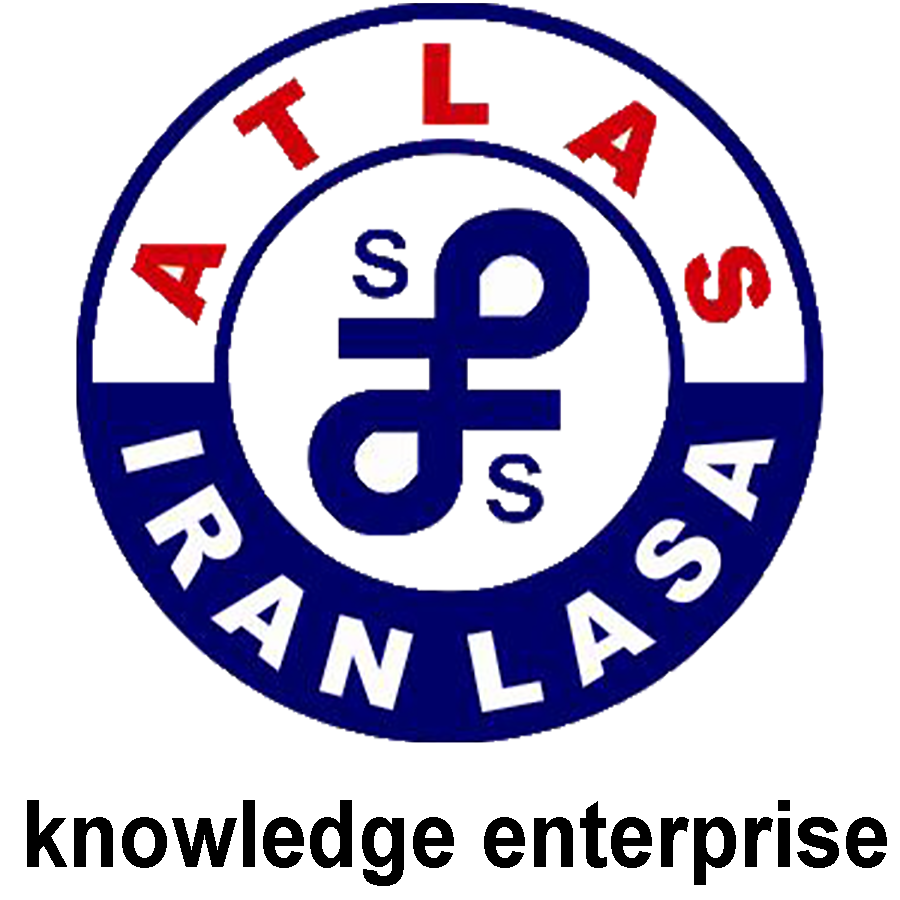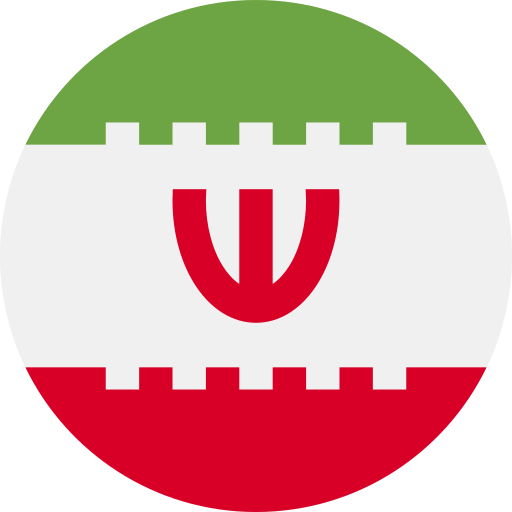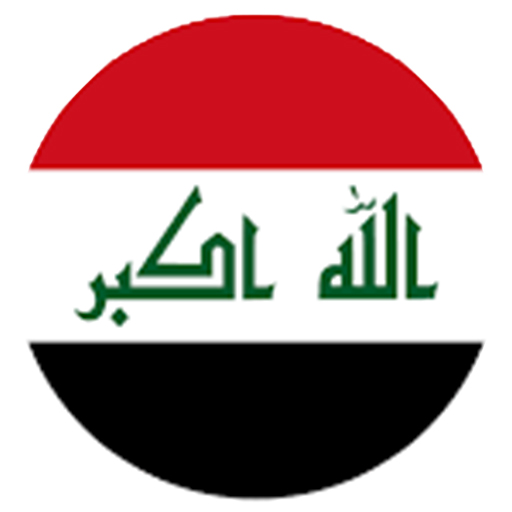Polyvinyl chloride or PVC is one of the most widely used synthetic polymers, which is obtained from the radical polymerization of vinyl chloride monomer. This polymer exists in hard, flexible, copolymer, foam, etc.
PVC or polyvinyl chloride in each of these cases has a wide range of applications due to its favorable properties, cheap price, lightness and diversity in forming methods. Hard polyvinyl chloride for door and window frames, credit cards, water supply pipes, floor coverings and the like. Soft polyvinyl chloride is used for covering electric wires, covering chairs, shoes, and similar applications.
Due to the presence of chlorine atom in the molecular structure of PVC, this polymer is relatively polar. At the same time, one of the notable features of polyvinyl chloride is its good electrical properties, good chemical resistance, and good resistance to flammability. More than half of the produced polyvinyl chloride is due to its very desirable practical features, such as lightness, ease of use, and price. It is used cheaply in construction.
In the meantime, the consumption of PVC for pipes and fittings has also taken a significant share until the world consumption of PVC for pipes and fittings reached 19 million tons in 2006.
Due to its molecular structure alone, PVC does not have good thermal stability and its processability is not suitable. For this reason, thermal stabilizers should always be used in PVC formulations to delay the degradation of this polymer.
One of the important properties of polyvinyl chloride is its crystallization percentage and its glass transition temperature, which is related to the polymerization temperature.
If we want to talk about the history of PVC, we have to go back to 1835 when Reno discovered vinyl chloride monomer in Le Big’s laboratory. But due to some problems such as the toxicity of the monomer and the thermal sensitivity of its polymer, it took many years until vinyl chloride copolymerization was finally done in 1930. Finally, the prepared PVC was stabilized with alkyl salt.
PVC polymerization
Vinyl chloride monomer has a gaseous state at room temperature and atmospheric pressure and can be transformed into PVC by four methods of polymerization: suspension, suspension, emulsion, solution.
In all four polymerization methods, it starts with a free radical obtained from the thermal decomposition of initiators such as peroxides and persulfate.
If you look at the formula of polyvinyl chloride monomer, you will notice chain transfer to monomer in polyvinyl chloride, mainly in the form of transfer of the active center of a polymer chain to monomer, directly through the removal of a chlorine or hydrogen atom of chloride monomer, and it is considered a decisive role in controlling It has a molecular weight of polyvinyl chloride.
Vinyl chloride monomer is gaseous at room temperature and atmospheric pressure.
Suspension polymerization of polyvinyl chloride is used more than three other methods until about 90% of the produced PVC resin (both in the form of homopolymer and copolymer) is obtained from this method. In this method, monomer beads are suspended in water with the help of active surface agents and monomer polymerization is done inside the droplets.
The mentioned active surface agents are soluble in water and the monomer is insoluble and have the ability to accumulate at the interface of two phases, and the initiator is also soluble in the aqueous phase.
The process of suspension polymerization is done continuously in a reactor made of stainless steel or with enamel coating. As mentioned, the reaction was carried out in monomeric particles suspended in water, and as the reaction progressed and the formation of the polymer, the particles became larger.
Emulsion polymerization
The working method in emulsion polymerization is very similar to suspension polymerization, but the size of the particles and the starting place of the reaction are different. In the suspension method, the obtained particles are larger than a micron and in the emulsion method, they are smaller than a micron.
Polyvinyl chloride is used in various parts of the building such as building facades, door and window profiles, wall railings, roof and floor covering due to its suitable physical and mechanical properties, lightness, cheap price and ease of assembly.
Use of PVC or polyvinyl chloride
In 2002 and 2006, the global average per capita consumption of PVC was calculated at around 1.5 and 3.4 kg per person, respectively. But as can be seen, the difference in per capita consumption in different parts of the world is very large. For example, per capita consumption in 2002 in North America, Western Europe and Japan was reported to be about 20 kg per person, and per capita consumption in Asia was about 4. 2 kg per person.
In Eastern Europe, the PVC consumption market is expanding, but the per capita consumption there is very far from Western Europe and other advanced industrial countries.
Iran’s per capita consumption is lower than the world average and it is expected that this number will increase with the increase in the country’s economic growth rate.
Use in different applications
PVC pipes can be formulated in such a way that they can be used as conduits for electric and telephone wires. Hard profiles are mainly used in the construction industry, including building facades, window frames and gutters. The reasons for using PVC in these applications mainly include very low employability, good weather resistance, durability and resistance to insect attack, as well as ease of installation. The use of PVC profile as a building facade is almost exclusive to North America where houses are made of wood. In other parts of the world, due to the use of decorative stones and types of mineral composites, the use of polyvinyl chloride facade is not very common. In Western Europe, the use of PVC frames for doors and windows began immediately after the Second World War. Today, PVC frames are widely used in Europe and North America and are expanding in other parts of the world.
Hard and flexible PVC films and sheets are mainly prepared through the process of calendering and are used applied on a substrate or without a substrate. The common applications of polyvinyl chloride films and sheets mainly include artificial leather, wall paper, packaging films, cover for water storage containers, membranes used in the construction industry, and printable covers on polymer parts.
In the electricity and telecommunication industry, a significant amount of polyvinyl chloride insulation coating is used. This is because if polyvinyl chloride is formulated correctly, it will have very good electrical properties, along with non-flammability and environmental resistance. Polyvinyl chloride insulation cover is used. This is because if polyvinyl chloride is formulated correctly, it will have very good electrical properties. Polyvinyl chloride insulation coating is mainly used for weak pressure wires, connecting wires of electrical appliances and telecommunication cables.
Almost one-third of the plastic grade PVC resins are used in the flooring industry. Other important markets of this grade belong to the paper and textile industry, such as wall paper, artificial leather, machine carpet adhesive, camping tents and trailers.
In addition, the growth rate of flexible polyvinyl chloride consumption is lower than the growth rate of hard polyvinyl chloride.
More than half of the PVC resin is bought and sold as non-compounded powder. Buyers of PVC or polyvinyl chloride resin powder include compounding industries and downstream industries that have compounding equipment in their factories. Producers of calender sheets and films in almost all parts of the world take polyvinyl chloride resin in uncompounded form and compound and then shape it in their production units.
PVC resins
PVC resins produced by bulk polymerization method
In this process, PVC resin is produced in a water-free environment. Although in most cases such PVC resins are also used like suspension PVCs, some downstream industries have reported differences in terms of how they are formed. The amount of mass polyvinyl chloride resin consumption is estimated at around 800-900 thousand tons per year, which is mainly due to their limited supply by a number of manufacturing companies and is related to its special characteristics.
Dispersion PVC resins
Dispersion PVC resins are used to formulate liquid plasticell and organocell. The consumption of this grade is estimated at 1.5-1.6 million tons.
This resin is prepared by the suspension method, but its particle size is much smaller than the suspension type. This type of resin is usually used in the formulation of plastic cells.
PVC copolymer resins
This polymer is basically vinyl chloride vinyl acetate copolymer which is produced by suspension polymerization method. The amount of vinyl comonomer is reported to be around 300-350 thousand tons per year. In polyvinyl chloride industry, this polymer is called copolymer for short.
These resins are obtained by grafting impact modifier resins to PVC resin or polyvinyl chloride resin during suspension polymerization.













بدون دیدگاه